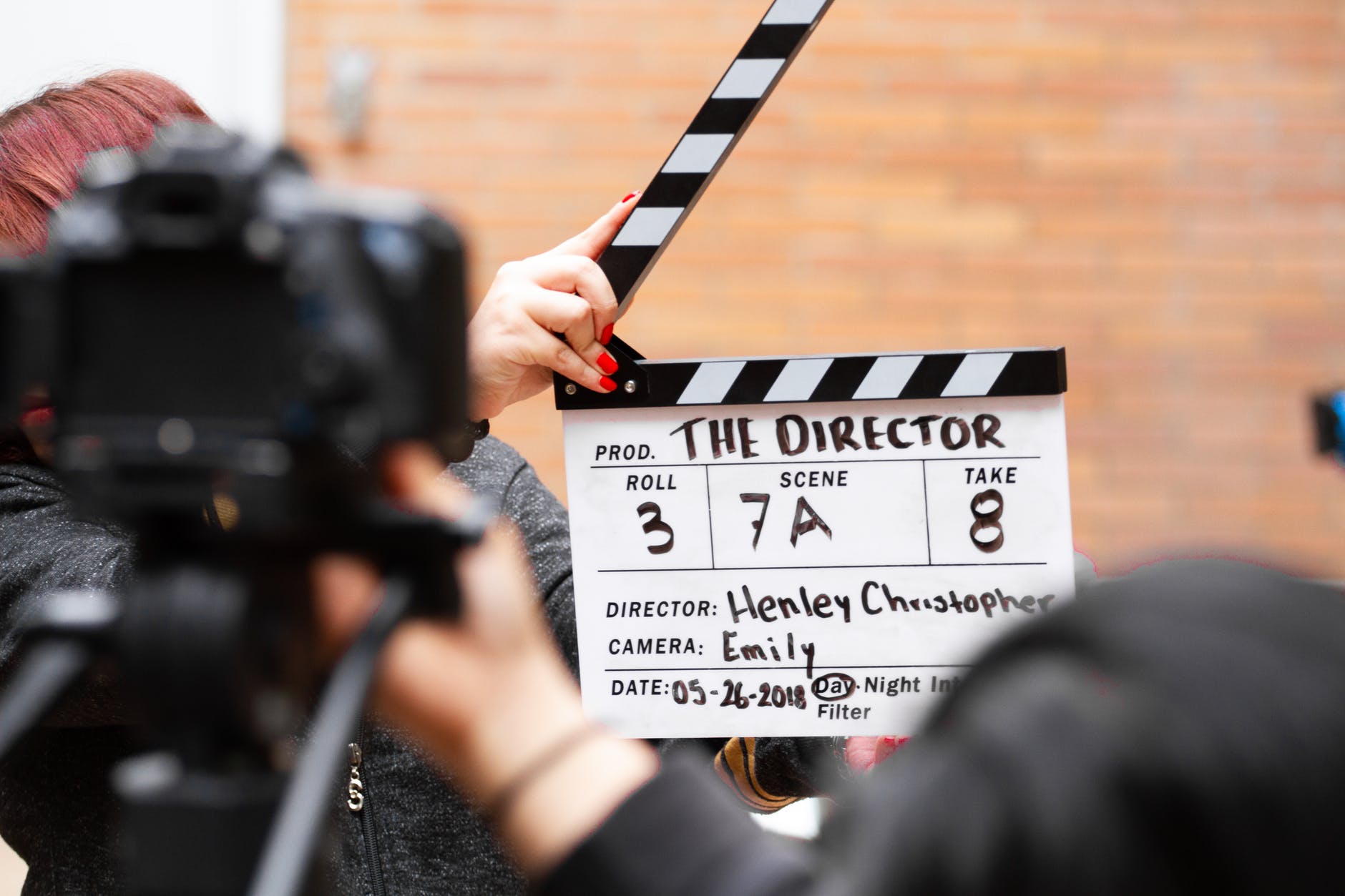
‘A good director makes a playground and allows you to play.’ Martin Landau
‘People think that the director’s direct actors. No. Really, what the director’s doing is directing the audience’s eye through the film.’ Julianne Moore
‘Directing is very close to choreography; you deal with space, time, emotions, lighting, making beautiful images.’ Benjamin Millepied
‘I prefer directing to acting. There is huge freedom that comes from being behind the camera. It brings a lot of responsibilities as well but is intensely rewarding.’ Angelina Jolie
‘Directing is so interesting. You know, it just sort of encompasses everything that you see, that you know, that you’ve felt, that you have observed.’ Barbra Streisand
Can we learn more about personal flexibility (PFL) from film directors, to help us in our daily lives? Do film directors have more PFL than the rest of us? But learn to harness it in their design & control work, to make a successful movie?
Firstly, what do film directors actually do? Arguably, they use control (like paramedics) & design (like architects) to adapt an adaption according to their expression. In other words, they use the medium of film and a multitude of design choices, to take a story that’s (probably) been adapted into a screenplay. And bring that story to dramatic life (crafting & control).
So can someone be a good film director without great design & control? And more fundamentally, can someone achieve great design & control in their life, without inherent personal flexibility?
Since it’s difficult to prove a yes answer to both questions conclusively, let’s take a leap of faith, assume yes and skip straight to how PFL might drive design & control.
Like successful architects, great film makers exploit their personal flexibility to achieve the best design, given the production constraints (time, money, available talent etc). That process of creating good design necessarily involves imagining, improvising, trying and reviewing.
Regarding control, emergency workers such as paramedics, arrive at the scene of a traffic accident and rapidly assess the situation at hand, taking control of events. Film directors do likewise. The personal flexibility exhibited is about:
- Expecting the unexpected.
- Managing expectations.
- Quickly finding ways to relate to a host of questions, complaints & cries for help.
- the uncertainty for the paramedic or film maker, regarding the resources to hand. A bit of trial and error is needed. Eventually, there is resolution. Patients are conveyed to hospital. The film takes are completed. And the movie content passed to the editing team to work on.
So what can we take away from these examples & embrace, to make our lives more flexible?
- Something magical can be created from nothing but time, raw talent and money. It just takes good design & control to craft a good solution. Therefore, give yourself more credit. To embrace your role as the director of your own life movie.
- By taking control of a life (and death) situation, it doesn’t mean you close down all available options. Control includes continuing to hold options in your head & heart, about what you might next do. There is an interplay between options & control, at all points of the ‘journey’.
- Spectators will watch your movie being made, or your heroic actions at the scene of the accident and silently judge your efforts. You will get credit for trying. Clearly, people can be bitchy and critical. But when we remind ourselves that we reap what we sow (what goes around comes around), we are capably of quickly adjusting our view to a sense of fairness.
Enough for now. If you find these blogs useful, feel free to share with others. Likewise, comments are welcome too.
Simon